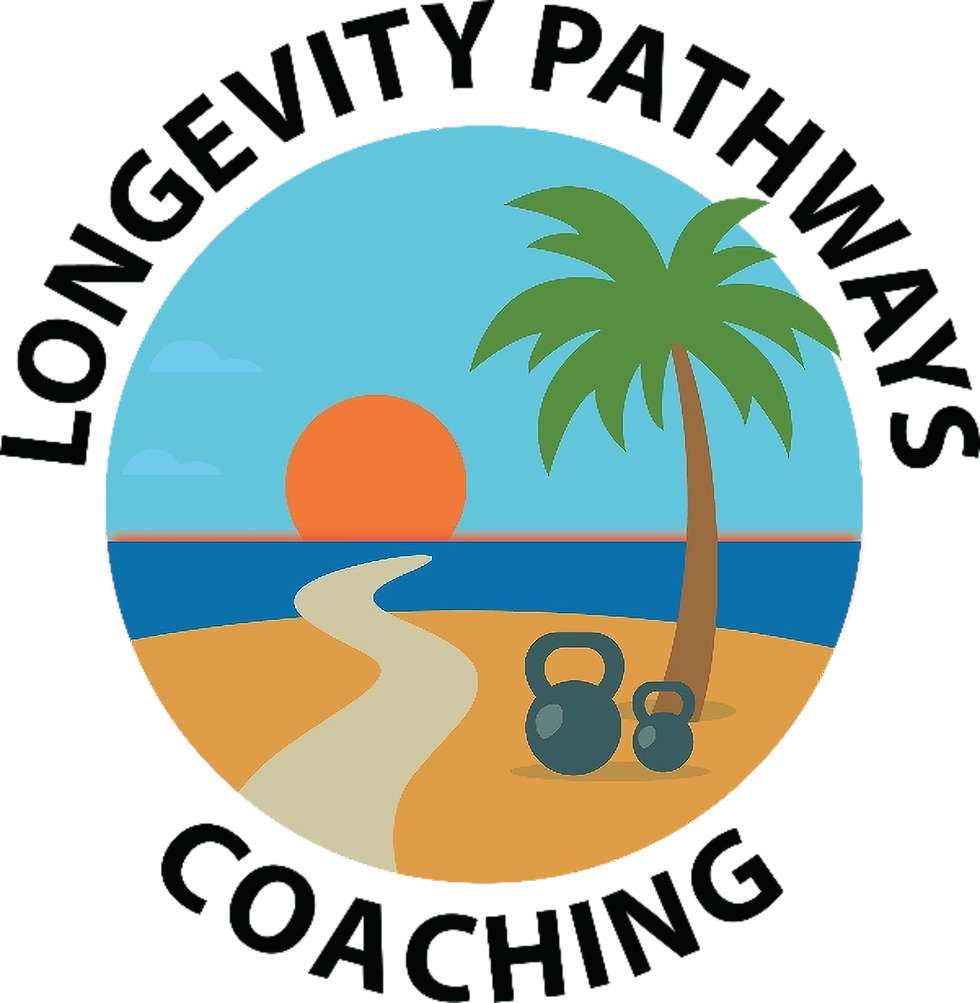Fall Prevention Week 2025
- Phillip Keith

- Sep 22
- 3 min read
September 22 - 26 in Fall Prevention Week. For those aged 65 and older, falls are much more than just a common occurrence. Falls rank as a leading cause of injury and death among seniors. With the right information and strategies, seniors and their caregivers can actively work to enhance safety, well-being, and quality of life.
The Statistics of Falls Among Older Adults
The Centers for Disease Control and Prevention (CDC) reports that one in four older adults experiences a fall every year. This alarming rate results in nearly 36 million falls annually in the United States! Imagine - that's more than one fall every second of every day!
The physical and emotional impact of falls is devastating. Falls lead to more injury-related deaths among older adults than any other cause. There are over 32,000 fall related deaths each year. Fall related injuries are typically significant. Broken bones, hip fractures, and head trauma are some of the more common fall related injuries. All of these can lead to long-term mobility and quality of life challenges.
The financial consequences of falls in the U.S. is also huge. The CDC estimates annual medical costs for fall injuries among older adults at over $50 billion. This staggering figure underscores the necessity of fall prevention—not only for individual health but also for the wider community and economic health of our society.
Understanding the Risks
Multiple factors contribute to the increased risk of falls among older adults:
Physical Weakness: Aging often leads to decreased muscle strength and balance, elevating the chances of falling.
Chronic Health Conditions: Conditions like arthritis, diabetes, and heart disease can impair mobility and balance.
Medications: Some medications can lead to dizziness or drowsiness, further heightening fall risks.
Environmental Hazards: Hazardous conditions, such as clutter, dim lighting, or uneven surfaces, can make homes dangerous for seniors.
Recognizing and understanding these risks is the first step toward effective fall prevention.
Effective Fall Prevention Methods
Exercise
Engaging in regular physical activity is among the best ways to prevent falls. Exercise enhances strength, balance, and coordination, all vital for maintaining stability. For instance, a recent study found that seniors participating in regular exercise programs reduced their fall risk by over 30%. Activities like walking, swimming, and cycling boost overall fitness. Regular physical activity focused on balance and strength training is crucial.
Tai Chi
Tai Chi offers a gentle approach to fitness, emphasizing slow, controlled movements and deep breathing. Research indicates that practicing Tai Chi can cut the risk of falls in older adults by up to 50%! As a personal trainer and Tai Chi instructor, I've witnessed first-hand the significant health benefits this beautiful practice brings to my clients.
Strength Training
Incorporating strength training into daily routines combats age-related muscle loss. Simple exercises utilizing resistance bands, or even body weight, can bolster muscle strength while enhancing balance. For example, studies have shown that older adults who engage in strength training at least twice per week experience a 40% reduction in fall risk. It’s advisable to consult a fitness professional to create a safe program tailored to individual capabilities.

Home Modifications
Making straightforward adjustments in the home environment can dramatically reduce fall risks. Here are some effective strategies:
Remove Clutter: Keep walkways clear to minimize tripping hazards.
Improve Lighting: Ensure that every area of the home is well-lit, especially stairs and hallways.
Install Handrails: Adding handrails in bathrooms and along stairs can provide necessary support.
Use Non-Slip Mats: Place non-slip mats in wet areas like kitchens and bathrooms to avoid slips.
The Role of Community and Support
Community resources play a vital role in fall prevention. Many local organizations conduct exercise classes, workshops, and health screenings focused on older adults. Engaging with peers in these activities fosters community and support, making it easier for seniors to stay active and informed about effective fall prevention strategies.
Taking Action for Safety
As we recognize Fall Prevention Week 2025, it’s vital to take meaningful actions to protect older adults from the dangers of falls. By embracing the statistics, acknowledging the risks, and implementing effective prevention methods like exercise, Tai Chi, and home modifications, we can significantly reduce the number of falls and associated injuries.
Equipping seniors with knowledge and resources is essential for improving their quality of life and ensuring their safety. Together, let's foster a safer environment for our loved ones and help them maintain their independence for years to come.








Comments